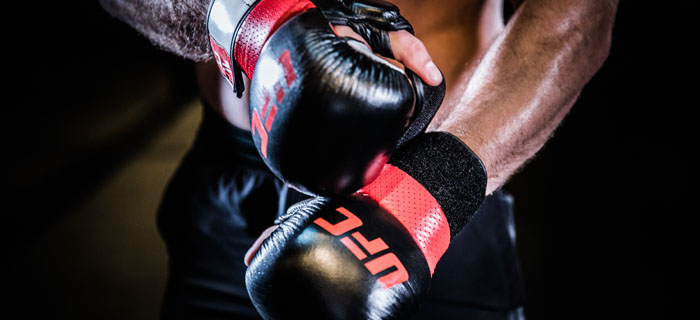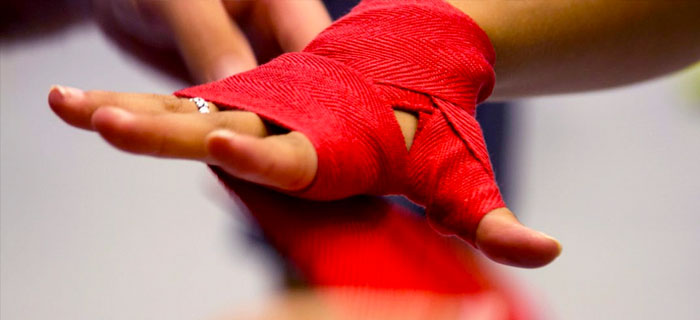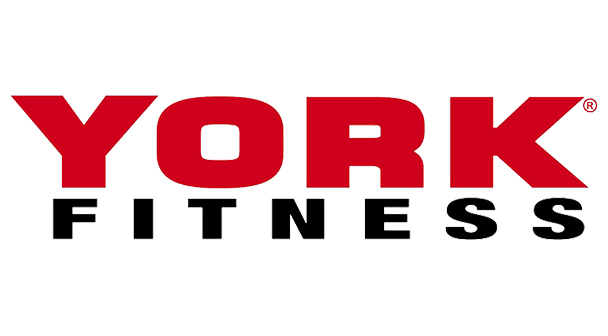How to choose the best boxing gloves for you

Whether you are a Junior or a professional boxer, choosing the best boxing glove for you can be a little daunting. With so many brands on the market how do you choose the best boxing glove for you?
Here are our top tips on how to choose the best boxing glove for you:
1. Choose the right glove for the right application
It’s hard to find one single boxing glove that will be perfectly suited for every type of training so the first question to ask is what will you be using your gloves for the most?
- Bag Gloves: For general punching bag work, you might opt for a lightly padded glove; the lighter the glove the longer and faster you can train and at the same time you’re conditioning your hand.
- Training Gloves: For general training; you can use these for pads, bag work (heavy bag, speed bag, uppercut bag etc), in some cases, sparring.
- Sparring Gloves: Sparring gloves ideally are well padded, especially around the knuckles for your safety and your training partner’s.
- Competition Gloves: Competition grade gloves are usually lighter for speed and less fatigue – you also want your opponent to feel the strikes. The type of competition will dictate the specific gloves allowed. For example, amateur boxing matches require a specific style of amateur boxing competition glove to be worn. Pro boxing matches may have specific weight and brand restrictions.

2. Choose the right glove size
- 8oz to 10oz: Typical for competitive boxing fights/competitions
- 12oz: Middle ground between weight and padding; the recommended ‘general’ training glove size
- 14oz: Lighter weight classes can spar with these / general training
- 16oz: The gloves size most gyms require for sparring
The size and weight of the glove is mostly dictated by the amount of padding inside. More padding means more protection for your hands, but also more weight to the glove, which will slow down your punching speed. You’ll also find your shoulders fatigue faster.
A boxing glove will hold your hand in the closed fist shaped with a contoured shape along the back glove area and the wrist. The wrist area typically will ride higher up the arm beyond the wrist area; this provides more stability and support for heavy punching.
3. Choose the best material
Boxing glove material construction is important to consider as it impacts your comfort, the durability of the glove, and the cost. The most common materials used for boxing gloves are vinyl and leather
- Vinyl gloves: They are the cheapest and for that reason you’ll find beginners often opt for Vinyl boxing gloves.
- Genuine leather: These boxing gloves are the highest quality and gradually mould to your hand shape and become better fitting in time.

4. Choose a good Hand Wrap
The importance of hand wraps are often overlooked. When choosing your gloves and wraps you should always try them on together to ensure the best fit.








